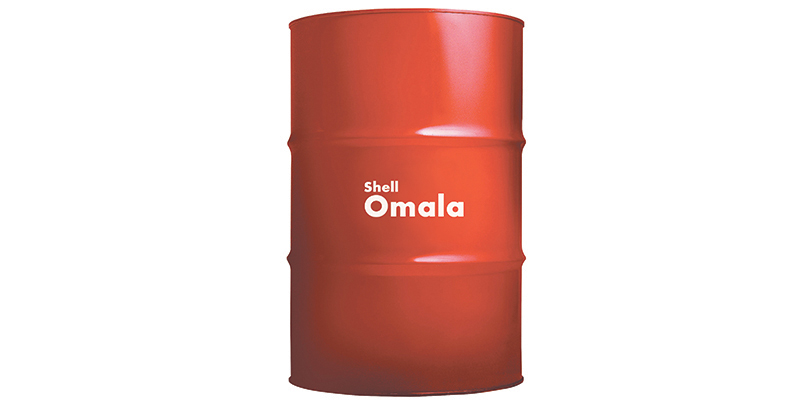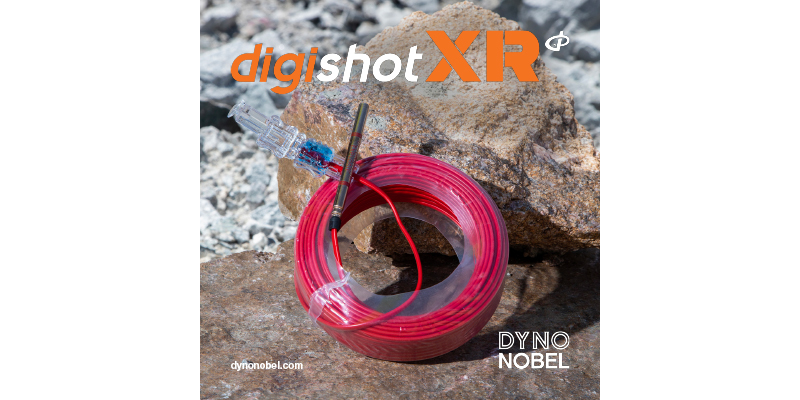Chris Williamson, assistant secretary of the Mine Safety & Health Administration (MSHA), paid an exclusive visit Dec. 20 with P&Q editor-in-chief Kevin Yanik to look back on his tenure at the agency. In this Q&A, P&Q presents Williamson’s responses related to his priorities at MSHA. He ultimately touches on four areas: MSHA’s respirable crystalline silica rule, the agency’s staffing, curbing mine fatalities and how his department plays a role in promoting the value of the mining industry.
P&Q: Take us back to your earliest days as MSHA assistant secretary. What goals did you bring to the agency? Were you able to meet or make traction on your goals?
Williamson: I think the short answer is yes, and I’ll explain.
It was no secret and, right from the jump, I let everybody know that doing an updated health standard to better protect miners from exposure to toxic silica dust was a top priority of mine. And we did that.
We’re in the process of implementing the rule and looking toward the beginning of the enforcement of it. On the coal side, [implementation] starts in April. Metal/nonmetal still has a little bit more time.
This was in response to comments we received during the rulemaking, acknowledging we need to work together and need a little bit more time to do that so they can work through those issues and, ultimately, get to a place where the rule works best for everybody.
While we were going through that rulemaking we did a silica enforcement initiative, recognizing that we have some tools we can use now to better protect miners from exposure to silica based on our existing standards. We highlighted those to make that issue more prominent.
P&Q: How do you feel MSHA has addressed the staffing issue it faced several years ago?
Williamson: Having been at MSHA before, growing up in a mining community and seeing what MSHA can do and the impact it can have, I wanted to leave the agency in a better place than what I inherited. That should be the goal of any political appointee or any senior leader who comes in and out. You should always want to do that.
I think on a number of fronts – including one I’ll get a little bit more specific on – we’ve done that. You can always do more and, obviously, there was more that I would like to have been able to do. But I think we are leaving the agency in a better place than the one we got – especially on one key issue, which is staffing.
It’s critically important at MSHA – especially on the enforcement side – that you’re always bringing in new inspectors [and] that you’re always backfilling people when they leave. You can’t just pull people off the street and say: ‘Go inspect that quarry, go inspect that piece of equipment.’
We have hired a number of really good people with good mining experience lately, but they still have to go through the training process. That can be a couple of years, and then there’s on-the-job training before they become really good inspectors.
One of the things we’ve done since I came on as assistant secretary in April 2022 is we’ve added a little more than 100 people to our enforcement ranks. We built back up the team. When I inherited the agency, the staffing levels were at historical lows, and there were critical positions that had not been filled. So, we made that a priority.
The biggest thing our resources are devoted to is the inspections we do. So, we built back up the team. Otherwise, you get a hole if you don’t constantly replace people as they leave. You have to constantly be replacing and have a pipeline of people coming in.
We did a good job of making that a priority, whether it’s implementing the silica rule, doing impact inspections or just being able to get our regular ‘twos’ and ‘fours’ done. But there’s also all the outreach we do. We’ve been very active in terms of not just enforcement things, but partnering with operators, labor and everybody in the mining community on a number of things.
P&Q: How about mining fatalities?
Williamson: The third thing I would say: I was a little bit taken aback last year by the spike in fatalities.
Anybody that comes into this role at MSHA should be able to pretty quickly say they’re focusing on preventing fatal and serious accidents as a priority. We all agree on that one. But last year, we had an unanticipated spike. MSHA saw that come on fairly early, and we responded accordingly – not only in enforcement but by using all of our tools.
I sent an open letter to the mining community, asking everybody to focus on this and make it a priority. We’ve worked together.
I hate to characterize that there’s been 28 fatalities [in 2024] as something positive, because that’s still 28 too many. But it’s certainly a lot better than the 40 where the industry was at last year. That’s a significant reduction of about 30 percent.
MSHA led and asked everybody to focus and partner with us to do something about that. I’m not here to take credit that it was just MSHA that did that, but it was our collective efforts. I’ve said a lot of thank yous, and I think we all made a difference. If we all work together, we can maximize our impact here.
There’s still more work to be done to drive it down even lower. I think the agency is well-positioned to continue to do that. My hope is it will be a focal point of the next administration – continue to prioritize and keep that number as low as possible.
I’d say those are three big things that are priorities that I think we’ve accomplished and have been really important. [These] have been consistent with the broader priorities of this administration and this president, [who] is very worker-centered and worker-focused. Certainly, from a safety and health perspective that’s really important.
P&Q: What else did you find yourself prioritizing at MSHA over the last few years?
Williamson: One of the things that I did and that the acting secretary of labor Julie Su [did] was visit mine sites. We didn’t just do a visit and leave. We had conversations about mining jobs being good jobs – how important they are to the miners, to their families and to the communities.
And we didn’t just talk about the local impact, but how all those things connect to infrastructure, the larger economic impact and national security. These things that are important to all of us begin at a mine site.
We wanted to make sure people knew that where that all started from was in those local communities, and to really talk about mining jobs as being good jobs. A core tenet of that is making sure they’re safe and healthy jobs. So, we tried to help explain why the industry is so important to everybody and to everything we do, from the roads and bridges we drive on and take our kids to school on to everything else.
I knew that I wanted to be miner-focused. I already had an appreciation for miners, coming from a family of miners. Nobody had to teach me that. But being able to connect all these big-picture things to the broader administration’s priorities – and to be able to help explain that, share those stories and really put miners front and center – was a real special thing to do, too.
Related: MSHA chief reflects on 2023 mining fatalities in P&Q interview

![Says MSHA assistant secretary Chris Williamson: “It’s critically important at MSHA – especially on the enforcement side – that you’re always bringing in new inspectors [and] that you’re always backfilling people when they leave.” Photo: MSHA](https://stage.pitandquarry.com/wp-content/uploads/2024/12/christopher-williamson-736-122124.jpg)










